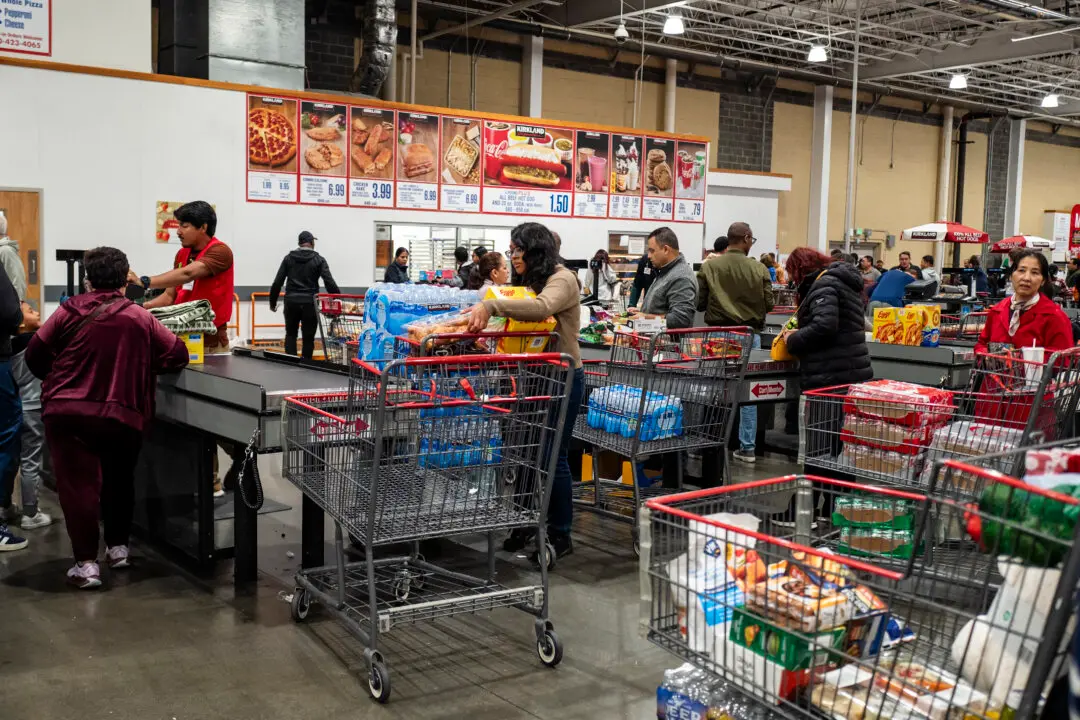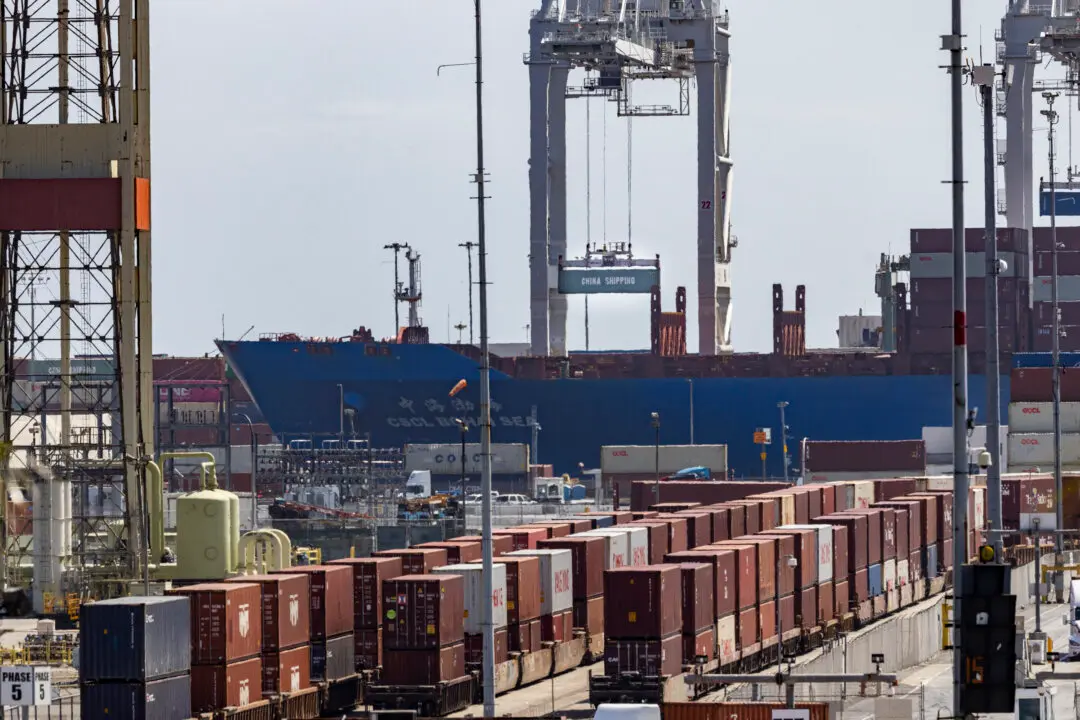From gold to wheat to crude oil, it has been a wild ride for the commodities sector, with prices climbing higher amid the Russia–Ukraine military conflict.
A blend of tight supplies, interruption in global trade flows, lackluster production, and strengthening demand have contributed to the tremendous rally in a broad array of agricultural, energy, and metal commodities.





